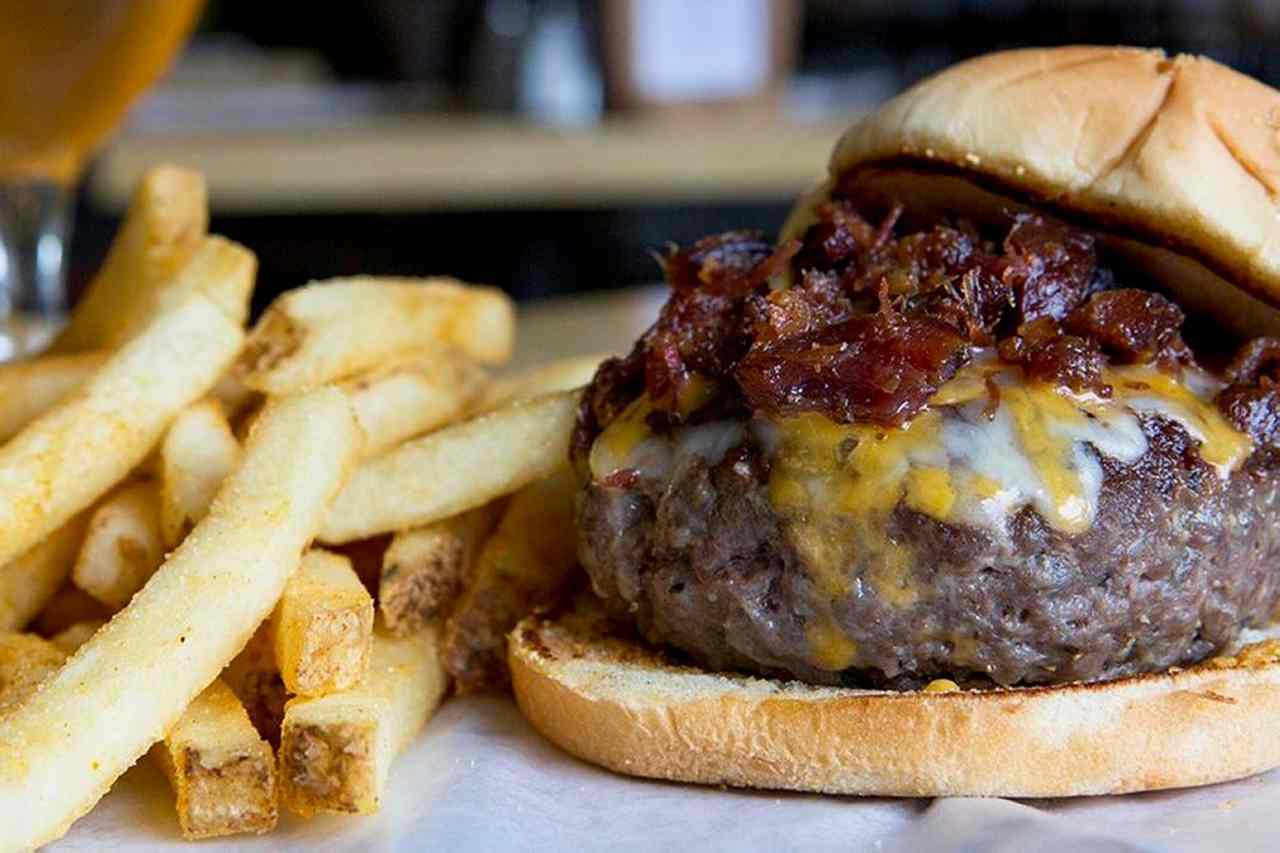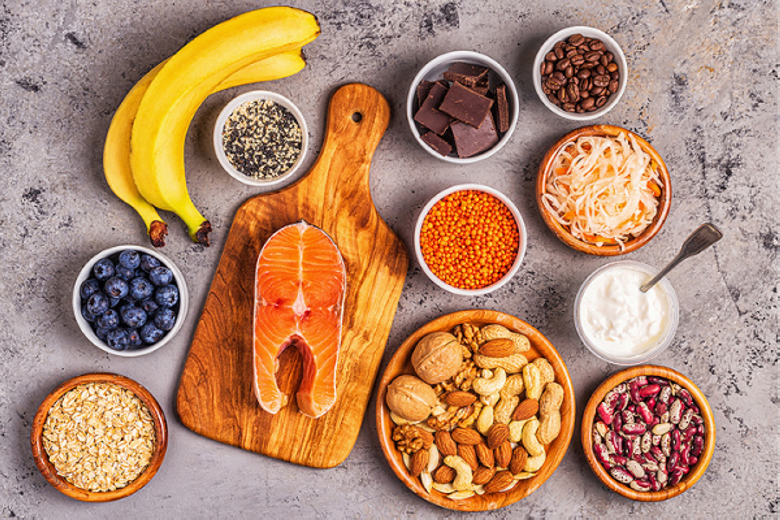Earlier than you are taking a chunk of that juicy cheeseburger in your plate, here is one thing which will take away a bit of your urge for food. Manufacturing of the meat burns up a whole lot of pure sources. In accordance with the Middle for a Livable Future at Johns Hopkins College, for instance, it took as a lot as 625 gallons (2,366 liters) of water to provide that quarter-pounder you are about to eat, while you bear in mind not simply the water that cattle drink, however the irrigation required to provide the grain and grasses that they ate. Analysis by Dutch scientists, in reality, exhibits that elevating livestock accounts for 27 p.c of the world’s freshwater consumption.
"Apart from the moral, animal-welfare causes for selecting a vegan weight loss program, the environmental points are arguably equally as robust," says Krissi Vandenberg, govt director of Vegan Motion, a Richmond, Virginia-based group that advocates a weight loss program freed from animal merchandise. "Land used to feed animals as an alternative of rising meals immediately for people is unsustainable and wasteful. Hundreds of acres of land are being degraded — by way of erosion, compaction, desertification, and nutrient loss — from grazing cattle." For extra on that, here is a 2006 U.N. World Meals Group report on the environmental impacts of meat.
And here is one thing else that you could be not know. Even if you happen to’re an omnivore — an individual who eats each meat and plant-based meals corresponding to fruit, greens and grains — and never a meatatarian who shuns any dish that is not 100% flesh, you might be consuming almost as a lot or much more plant-based meals than your vegetarian neighbor eating on kale and teriyaki tofu. Once you issue within the quantity that the cow ate earlier than it grew to become your burger, omnivores devour extra plant-based meals than vegetarians.
The examine "Patterns of meals consumption amongst vegetarians and non-vegetarians," revealed within the Journal of Vitamin in 2014, surveyed 89,000 members of the Seventh-Day Adventist Church within the U.S. and Canada to assemble knowledge on numerous dietary preferences. The themes ranged from individuals who ate meat, eggs and dairy merchandise to hardcore vegans, who keep away from any meals that comes from an animal. (In between, there are lacto-ovo vegetarians, who devour dairy merchandise and eat eggs, pesco-vegetarians who eat fish however no crimson meat or poultry, and semi-vegetarians who bask in meat often.)
The researchers discovered that vegans, on common ate 1,658.5 grams (58.5 ounces) of plant-based meals — fruits, greens, avocados, potatoes, grains, legumes, soy, nuts and seeds — every day. Lacto-ovo vegetarians ate 1,336.5 grams (47.1 ounces) and pesco-vegetarians ate 1424.1 grams (50.2 ounces). Meat-eaters, compared, ate 1,108.7 grams (39.1 ounces) of plant-based meals — not as a lot by itself because the vegetarians, however a considerable quantity.
Nevertheless, the meat-eaters within the examine additionally ate 59.2 grams (2 ounces) of meat a day. Seventh-Day Adventists are usually health-conscious, in order that’s truly lots decrease than the nationwide meat-eating common of 226.8 grams (8 ounces), primarily based on U.S. Division of Agriculture knowledge. However let’s assume the smaller quantity.
Now, let’s contemplate the quantity of grain and grasses consumed by the animals that find yourself as meat in your plate. This will get a bit trickier to calculate, as a result of totally different meat animals devour totally different quantities of plant-based meals, in accordance with this 2013 Economist article.
“
Donna Alberico/Getty Photos
Marion Nestle, the Paulette Goddard Professor within the Division of Vitamin, Meals Research, and Public Well being at New York College and writer of "Meals Politics," writes by way of e mail that every one in all, "the ratio appears to be on the order of 6 kilos of grain to 1 pound of meat."
So if you happen to multiply 59.2 grams (2 ounces) by six and add it to the meat-eater’s whole consumption, you get 1463.9 grams (51.6 ounces), which is extra plant-based meals than most vegetarians, except vegans. However once more, keep in mind that’s utilizing an instance on the low finish of meat-eating. For those who use a person American on the USDA’s day by day common of 8 ounces of meat consumption, the overall soars to 2,529.5 grams (89.2 ounces) of plant-based meals. That is far more than even vegans devour — about 52 p.c extra.
Why is that this important? The quantity of plant-based meals that meat animals devour is mind-boggling — as Nestle factors out, roughly 70 p.c of corn and soybean manufacturing, for instance, goes to feed animals. That makes meat manufacturing an inefficient solution to glean vitamin out of the planet’s farmland. A 2013 examine by College of Minnesota researchers, revealed within the journal Environmental Analysis Letters, concluded that if the farmland wanted to provide animal feed had been as an alternative used to develop meals for human consumption, we might feed an extra 4 billion folks worldwide.
Now That is Fascinating
It is grow to be modern lately to observe a "Paleo weight loss program," avoiding meals gadgets that would not have been obtainable to our historical ancestors. However as this Scientific American article particulars, it is inconceivable to truly eat like a caveman, since nearly each fruit, vegetable and supply of meat that we devour at the moment has been altered by hundreds of years of selective breeding.







